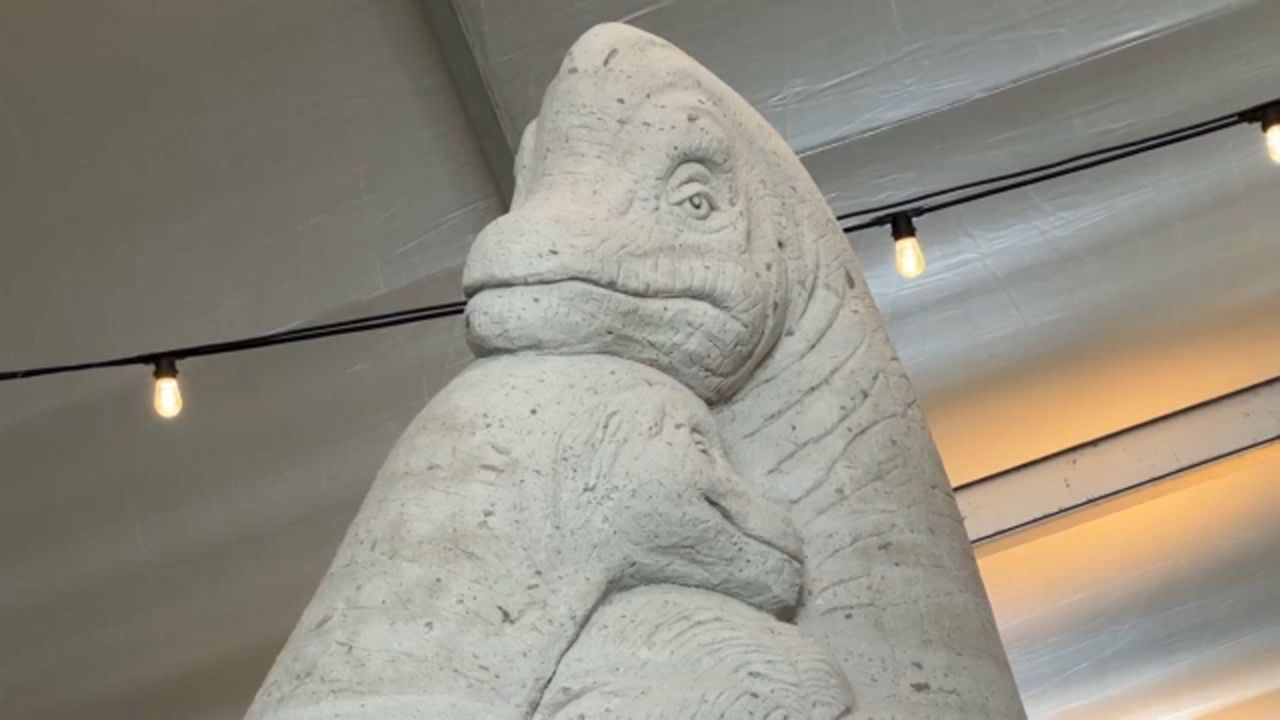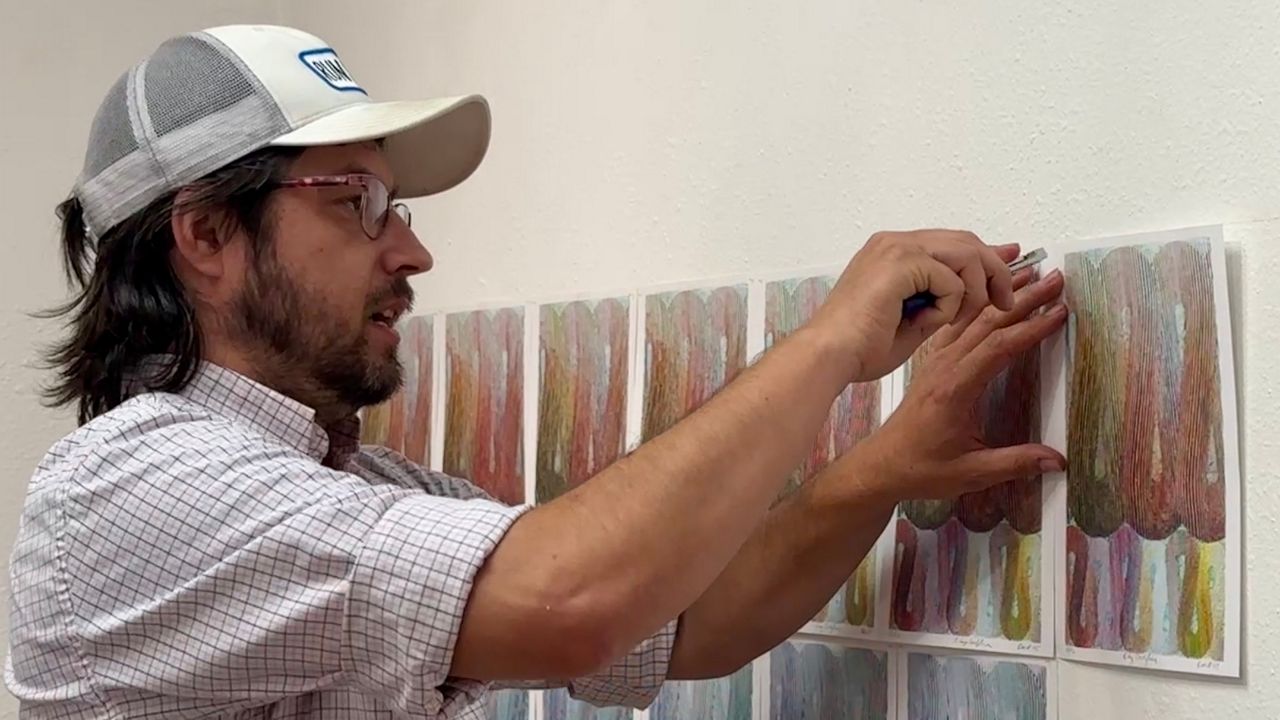TAMPA, Fla. — Richard Ellis has been studying Orientalist Architecture for as long as he’s lived in Tampa.
“I’ve been in the city for a decade and so looking around at these familiar places from a vantage point is really refreshing,” said Ellis.
This is his first time he’s been inside a minaret at the former Tampa Bay Hotel, which is now Plant Hall at the University of Tampa. It’s 10 stories off the ground.
“It was built in the style of Islamic architecture because that style was associated with supreme luxury,” said Ellis.
The hotel was completed in 1891.
A teacher of Art History, Ellis helped interpret the Henry B. Plant Museum’s latest exhibition-- “Imagined East—Decorative Art and the Imperial Gaze.
Railroad magnate Henry B. Plant traveled the world and brought back international treasures for the hotel. One of the pieces on display is a painting of the Alcazar of Seville in Spain.
“Alcazar is Arabic-- it means the castle,” said Ellis, explaining how the building bears similarities to Plant Hall. “We might see some elements in the kind of gingerbread trimming on the veranda out here that are trying to evoke the very intricately carved stucco arches and soffits here in this courtyard.”
The table service depicted places like Taj Mahal in India and was all for imperialistic bragging rights.
“And of course, that was property of the British Empire at that point in the 19th Century so sort of a way a causally displaying the realms,” said Ellis.
The realm of the minarets is 10 stories off the ground. They're wood covered with metal structure, which is a convention from mosque architecture also seen in Europe, but something Ellis has only seen in books. Now he is sitting inside one- a cool breeze blowing, the water in view.
“It’s very surreal and of course being an educator at the university it’s a wonderful moment,” said Ellis.
The minarets have watched all in its sight grow up around them. They are how the Tampa skyline began. Enjoy the exhibition on Orientalism through August 20th.









